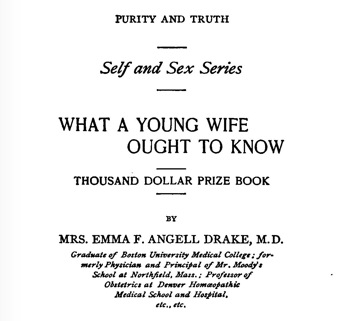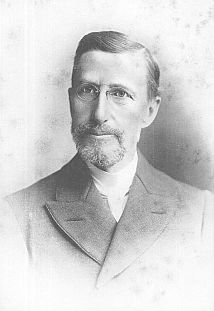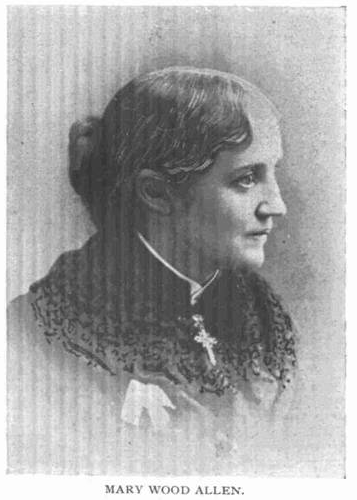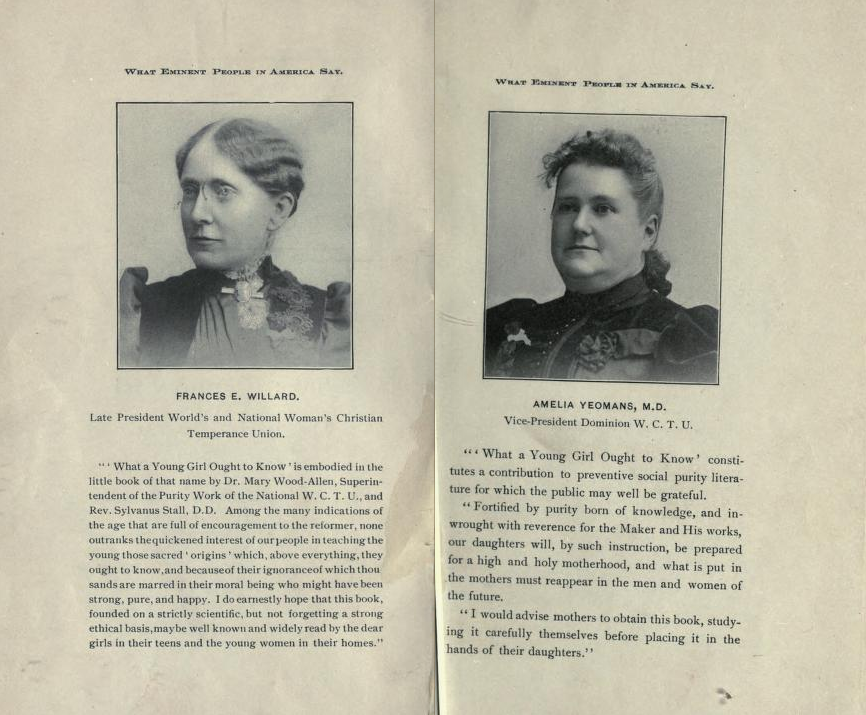Dr. Brian Burtch of Simon Fraser University’s School of Criminology, in his book The Sociology of Law, presents two key forms of law: “Formality referred to the employment of criteria, standards, and logic in the legal system. Ideally, in formal legal systems, legal rules and procedures would be confined within the legal system and not be influenced by external factors. Conversely, substantive legal systems would be swayed or directed by political or ideological criteria” (Burtch, 38); he further explains that no legal system truly fits in either category but exists on a continuum (Burtch, 38). This continuum which legal systems seem to traverse along, with regards to legal implementation, creates a tension within the system itself between what the public, the state, and the culture at large demand of the legal system and its own central practices against irrationality. In turn, the beliefs, desires, and wishes of the state/public sphere must be distilled into concrete truth, realities, definitions, and well-reasoned facts, if the legal system is to produce definitive laws to enforce. In other words, clear criteria, that are well supported, must be presented in order for laws to be implemented rationally to like cases, as is the “goal” of the system, regardless of it actually working out that way. However, sexuality and sexual identity is not concrete so much as it is fluid. For this reason, when the Canadian legal system was propelled by the fears or aspirations of the state to outlaw homosexuality, it struggled to create a definitional box for sexual identity to fit into where it could punish, prosecute, and imprison individuals with a sense of clear reason. We have, as Foucault writes, “surreptitiously transferred the pleasures that are unspoken into the order of things that are counted” (Foucault, 4). With all the aforementioned in mind, I would like to suggest that the Canadian legal system’s history of struggling to define criminal / non-criminal sexuality became a repressive power that forced the gay, lesbian, and bisexual communities to shape themselves as a definable group in order to resist the artificial definitions construing their sexual identities and create equality for themselves in a system that requires definable parameters. Consequently, this struggle provoked homosexuals to manifest their own strong discernible Canadian identity. In other words, these sexualities evolved as a survival mechanism, and subsequently the evolution and history of Canadian law is reciprocated by the evolution/ emergence of Canadian sexual identity.
Substantive vs. Formal Legal Thought: The Struggle for Definition
- Sir John Thompson was the 4th prime minister of Canada, though he only lived for two years after becoming prime minister; his major achievement was his contribution to the Criminal Code of Canada in 1892.
- Sir John Thompson’s assimilation of the English criminal code proved to be problematic for the sensibilities of the law and emphasises the clear tension between formal and substantive legal concerns; there was a strong fear of male-male inter-relations that was clearly evident- this being the substantive cultural fears of the community at large. However, “buggery” needed to be identifiable in order to “sensibly” prosecute an individual equally with others who commit the same crime.
- 1869 the act of buggery was classified as an “Unnatural Offense”, but even this doesn’t compensate, in the least, as a presentation of the emotional capacity, consent, and humanity that can be associated with a physical act. The term “unnatural” is also irrational and vague; how do we define something as natural and unnatural? It seems eye glasses are an unnatural entity, does it then follow that wearing eye glasses is an unnatural act?
- The offense of buggery was then defined as the award winning “gross indecency”, but was restricted to men: “anyone who in public or private is a party of the commission of or procures or attempts to procure the commission by any male person of any act of gross indecency with another male person” (437). But, what constitutes an act of “gross indecency”? There are some pretty “vulgar” acts that private heterosexual couples can perform? Why was sodomy against a woman not punishable by a 5 year prison sentence with a chance of being whipped?
- It becomes evident that the court was merely attempting to accommodate the concerns of the state and broader social sphere in a substantive manner which conflicted with their formal senses of reason as is evident by the discourse in the House of Commons in 1892 as well as Sir Richard Cartwright’s comments: 1.) Sir Cartwright: “the words he has used, “gross indecency”, are not sufficiently precise, and might lead to consequences he does not intend…I am quite aware the particular crime which he has in mind is one which, I very much fear, has been on the increase in certain sections of society” (437). 2.) “Mr. Mills: All these offences against morality have crept into the common law from the earlier ecclesiastical law, and they were rather sins than crimes, not being attacks upon property or life, or upon any other members of the community”(438). [Symbol] Here we see the “fears” or substantive concerns clashing with the legal system’s need to instill reason and resist irrationality.
Concerns of the State Influencing the Law:
- “Sir John Thompson: We only punish them as crimes when they are offensive to people, or set a bad example” (438)[Symbol] This idea of “setting a bad example” is an indication of the state’s central fear regarding homosexual acts/ conduct; they thought that it would spread like a disease and contaminate the public at large, swaying young men to suddenly desire to be homosexuals, thereby dismantling the strength of the hetero-conditioned normative public. Because, as we know, that’s exactly how sexuality works: I see two men kissing and suddenly the only thing that turns me on is kissing another man[Symbol] https://www.youtube.com/watch?v=QGL-c1-5K0c&feature=relmfu–> 11:01 “going gay” This is a contemporary example of the exact same fear that the state had with a comedic twist.
- We can see further evidence of this fear of infectious homosexuality in Kinsman’s exposition of RCMP initiatives and conduct in the early 1960’s when police were investigating “suspected” homosexual individuals via surveillance techniques. In Kinsman’s book The Canadian War on Queers, RCMP officer Fred (last name undisclosed) discusses the procedures he had to follow which are more than telling of the state’s concerns: “He asked informants about gay house parties and who was present, taking particular interest in learning if anyone new attended these events” (165). Officer Fred was impelled by higher powers constructing procedures that he was to look for “new” individuals within the gay community, and especially if they were government employees. This is because, according to Kinsman, “homosexuals were constructed as suffering from an unreliable and unstable character” which was feared would spread to the central social structure of power and make it weak. This is evident in a memorandum written by Don Wall (secretary of the Security Panel): “From the small amount of information we have been able to obtain about homosexual behavior generally, certain characteristics appear to stand out- instability, willing self-deceit, defiance towards society, a tendency to surround oneself with persons of similar propensities, regardless of other considerations-none of which inspire the confidence one would hope to have in a persons required to fill positions of trust and responsibility” (7). This reads like a horoscope filled with vague personality characteristics that could easily be applied to even heterosexual individuals; furthermore, it indicates that the state was concerned about being made up of “weak” characters, which explains their fears about the “spread” of homosexuality.
The Legal System’s Construction of Homosexual Identity in Response to State Concerns: The Homosexual “Type”
Canadian Comedian Darcy Michael: “Under Cover”
- Because the law requires clear parameters in order to make convictions, there was an attempt to specify markers of homosexuality that were definable, discernible, and clear cut. However, as we know sexuality is not as cut and dry as a fixed personality type. For this reason, we can see that the legal system was taking a repressive initiative to form sexual identity, and it was up to the homosexual communities to resist this definition if they were going to survive within a system that requires “classification”. In other words, the resistive actions of the homosexual community were a way of saying, “If we have to be classified, we’ll do it on our terms”.
- What was the homosexual identity being constructed by the legal authorities? Nothing is more telling of this construction than what was called the “the fruit machine”, which consisted of a questionnaire used to identify characteristics of homosexuality, but what becomes evident is that it consists of pure stereotype because it tried to measure masculine characteristics in women and effeminate characteristics in men with the following statements to be marked as true or false: “I like mechanics magazines; I think I would like the work of a librarian; I would like to be nurse; I very much like hunting; I think I would like the work of a building contractor; I think I would like the work of a dress designer” (177).
- The Royal Commission on Security was the governing body employing these characteristic definitions of homosexuality, and it wasn’t until 1994 that a memorandum was written to the Royal Commission on Security “a gay group known as the Association for Social Knowledge made a submission to the Mackenzie Commission” (218) This was one of the first attempts by a group to control their own definition of their sexual identity: “I didn’t have any notion of the purges, so in that sense the [gay] constituency was not a data source because of my preconceptions…So I wasn’t driven by local concerns or perceptions of local reality and there it had a very kind of abstract character to it in the way it was argued”[Symbol] “Sanders critiqued the two main arguments used to deny homosexuals security clearances: that they suffered from a character weakness…He used and relied on Hooker’s work and the Kinsey Report, which undercut the psychological construct of homosexuals”(218)Link to Evelyn Hooker and her work: http://en.wikipedia.org/wiki/Evelyn_Hooker
“Equality before and under law and equal protection and benefit of law
15. (1) Every individual is equal before and under the law and has the right to the equal protection and equal benefit of the law without discrimination and, in particular, without discrimination based on race, national or ethnic origin, colour, religion, sex, age or mental or physical disability.
Affirmative action programs
15. (2) Subsection (1) does not preclude any law, program or activity that has as its object the amelioration of conditions of disadvantaged individuals or groups including those that are disadvantaged because of race, national or ethnic origin, colour, religion, sex, age or mental or physical disability.–> Text from the Department of Justice Canada.
- The Canadian Charter of Rights and Freedoms was developed in 1982 and is the primary tool that allowed the homosexual communities to redefine themselves within the Canadian system via the use of section 15.
- A case that forced homosexuals to step forward and present their own definable characteristics under law was that of Egan v. Canada in 1995. The case surrounded a gay couple, Jim Egan and Jack Nesbit, who had been with one another for 47 years and were “challenging their exclusion from the spousal allowance provisions of the Old Age Security Act. Now, the important thing about this case is that homosexuals had to come out and define themselves, in the face of fervent stereotypes, as being the types of people who have long term relationships in order to have equality within the system; they needed to lay out clear the manifestations of their sexual identities as a means of survival within the system. A writer for the majority of the Supreme Court in 1995 wrote: “Sexual orientation is demonstrated in a person’s choice of life partner, whether heterosexual or homosexual. It follows that lawful relationship which flows from sexual orientation should be protected…The definition of ‘spouse’ as someone of the opposite sex reinforces the stereotype that homosexuals cannot and do not form lasting, caring, mutually supportive relationships…The appellants’ relationship vividly demonstrates the error of that approach” (4-2/4-3).
Contemporary Battle between Substantive and Formal in Alberta
Date: Wed. Jul. 13 2005 7:41 AM ET
Premier Ralph Klein has announced Alberta would reluctantly recognize same-sex marriage, but is adding new legislative protection for anyone who opposes it on moral or religious grounds.
“We will proceed to issue marriage licenses to same-sex couples, much to our chagrin, following proclamation of the federal Civil Marriage Act,” Klein said in a press conference in Calgary Tuesday.
“We will develop legislative options to ensure the rights of religious officials and those Albertans who hold social or cultural beliefs or values, whether religious or non-religious,” Klein said after meeting with his cabinet.
“No one will be required to advocate, promote or teach about marriage in a way that conflicts with their beliefs.”
In other words, Alberta will allow same-sex marriage but not force ministers or marriage commissioners to perform the ceremonies if they don’t want to.
That goes slightly further than Bill C-38, which also offers protection for those who oppose same-sex marriage, but only on the basis of religious beliefs.
Keith Purdy, who was refused a marriage license in Alberta just days after Ottawa opened the doors to gay marriage in Canada, told CTV News it was “a great day for human rights in Alberta.”
Alberta’s Conservative government has long opposed same-sex marriage and said it would use every legal option to fight it. However, Mr. Klein has now conceded that after consulting with his legal advisers, “our chances of winning are virtually none.”
Alberta New Democrat leader Brian Mason had previously called the Klein Government “Neanderthals when it comes to this issue.”
The Civil Marriage Act has passed in Parliament and is now before the Senate. Same-sex civil ceremonies are already allowed in all provinces except Alberta and Prince Edward Island. P.E.I. has indicated it will also start performing the marriages.”
 – Also W. C. T. U. lecturer on Temperance and Social reform topics in United States and Canada.
– Also W. C. T. U. lecturer on Temperance and Social reform topics in United States and Canada.


